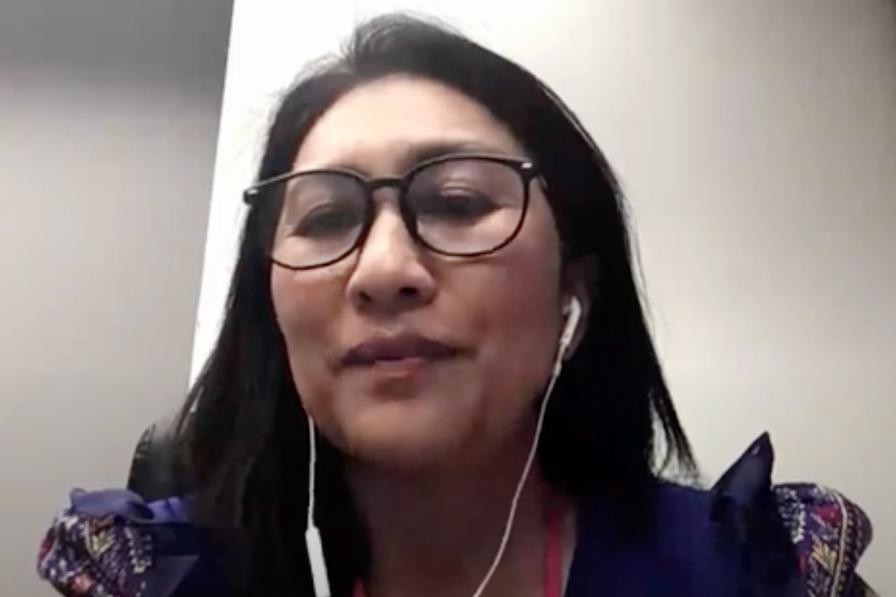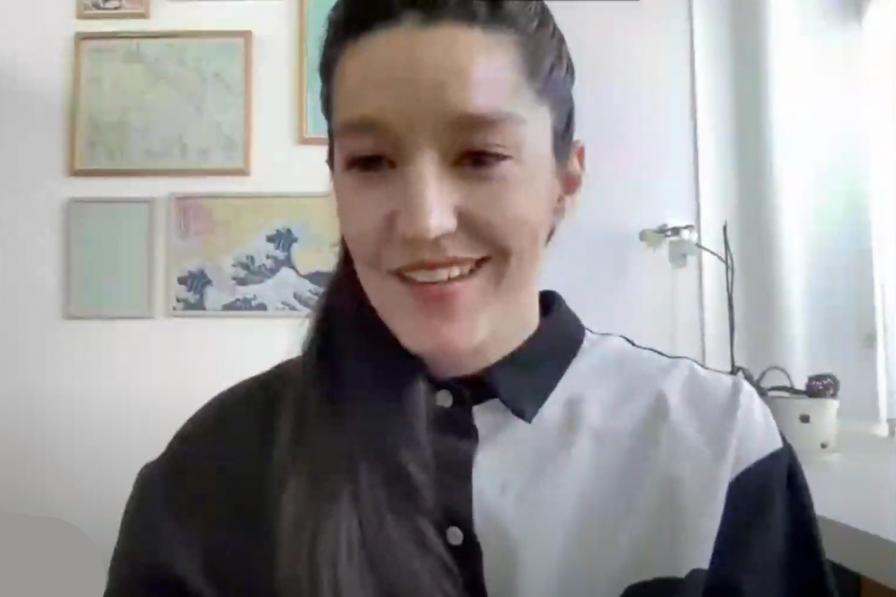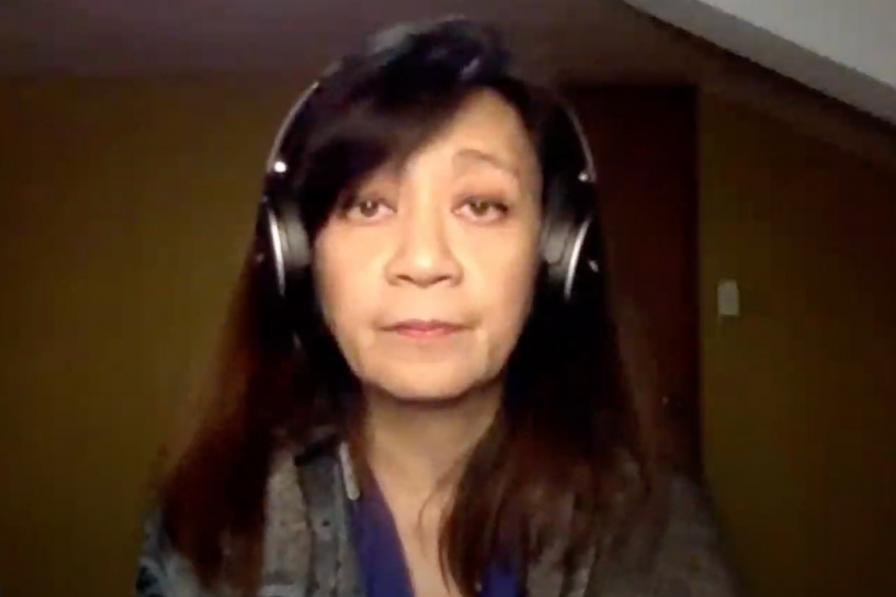Delegates resumed discussions of the post-2020 global biodiversity framework. Interventions by state parties focused on building a robust and effective monitoring framework. Many recommended having a smaller set of focused headline indicators. Some delegates also welcomed the Fifth Global Biodiversity Outlook and the summary related to the Global Strategy on Plant Genetic Resources, recommending that it be updated in line with the post-2020 global biodiversity framework.
The meeting then heard statements from intergovernmental organizations, Indigenous Peoples and Local Communities (IPLCs), major groups, and non-governmental organizations (NGOs). Many stressed the importance of specific indicators, including related to traditional knowledge, sustainable use and food systems. A number of IPLCs and NGOs called for a paradigm shift to a more rights-based framework, taking into account gender empowerment and youth.
Delegates began discussions of the next agenda item on synthetic biology. They considered whether SBSTTA and COP should classify synthetic biology as a new and emerging issue. While some argued that it should be, given the growing importance of the issue, others argued that the issue does not meet procedural requirements. They also discussed a horizon-scanning and monitoring process for new developments in synthetic biology, which would be taken on by a newly developed multidisciplinary technical expert group. Advocates of this process also recommended linking it with work under other international processes, including under the Cartagena Protocol and the UN Environment Programme.
Many delegates stressed the need to clarify SBSTTA’s position on gene drive modified organisms. Some advocated for the use of the precautionary approach to avoid unintentional release of synthetic biological material into ecosystems.
One delegate argued against expanding work on synthetic biology, noting that work undertaken by SBSTTA should be focused. Others highlighted the need for technology transfer and capacity-building.








